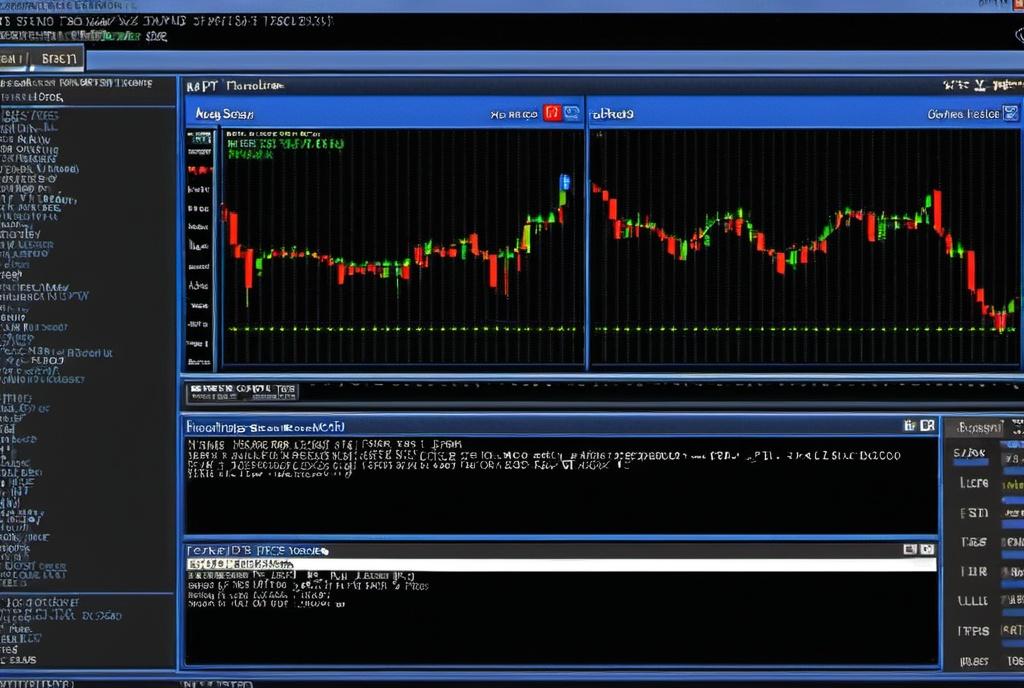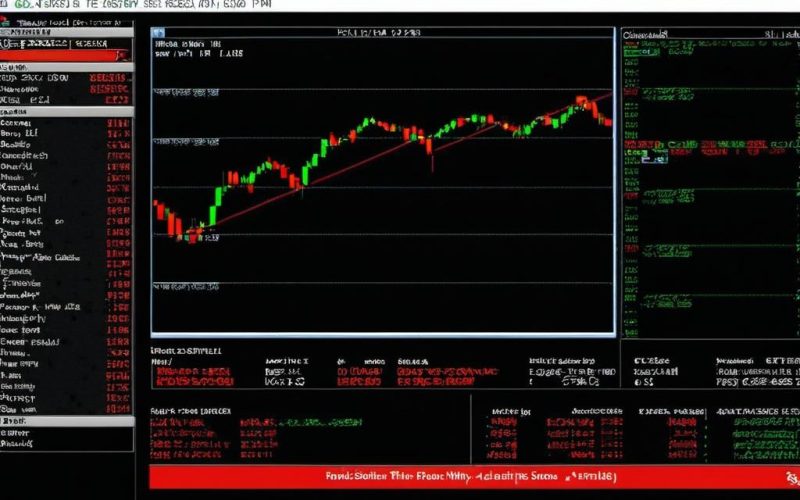Key Take Aways About Spread Trading
- Spread trading involves buying one security and selling another to profit from their price difference.
- Types include futures, options, and ETF spreads, each with specific strategies.
- HIT software aids in market analysis and trade management, crucial for decision-making.
- Success requires thorough research and tracking economic indicators, avoiding reliance on hunches.
- Essential to understand market volatility and transaction costs.
- Strategy focused on patient, calculated gains rather than quick profits.

Understanding Spread Trading
Spread trading ain’t just a fancy name; it’s a trading strategy where you buy one security and simultaneously sell another, usually two related ones. Sounds easy-peasy, right? But, hang on, there’s more to it. It’s about profiting from the spread—or the difference—between the two securities. You can think of it like the chocolate and peanut butter combo of the finance world. Separately they’re alright, but together they can make some magic.
Diving Into the Types of Spread Trading
When you’re getting into spread trading, it’s like stepping into a cafeteria full of options. You’ve got your futures spreads, options spreads, and even ETF spreads. Each has its own flair and vibe.
Futures spreads usually involve contracts for delivery of commodities at different times. Essentially, you’re betting on the price differences over time. Options spreads, on the other hand, use, well, options. Who would’ve thunk it? You’ve got vertical, horizontal, and diagonal spreads—a trio of choices that sound more like gymnastic routines than trading strategies. And then there are ETF spreads, which are all about exchange-traded funds. If you’ve ever fancied yourself a fan of diversification, ETFs might just be your jam.
Getting Started With HIT Software
HIT software is like your trusty sidekick in the spread trading game. It’s not some robot overlord, just a tool that’s got your back. It helps you analyze market trends, keep track of your trades, and sometimes even makes a mean cup of coffee. Okay, maybe not the last one, but it sure does handle a load of data with ease.
For newbies, the interface might feel like stepping into a cockpit, but once you get the hang of it, it’s all smooth sailing. From detailed charting to back-testing strategies, HIT software gives you the nitty-gritty details you need to make informed decisions. It’s like having a financial crystal ball—without the smoke and mirrors.
Tales From the Trading Trenches
Once, a friend of mine got into a pickle. Let’s call him Tom. Tom bet big on a futures spread, thinking he was the next Warren Buffet. Spoiler alert: Tom wasn’t. He learned the hard way that you gotta do your homework in spread trading. It’s not just about hunches or gut feelings; it’s about data and trends.
Tom had ignored the economic indicators and was just swinging for the fences. Thanks to HIT software, he learned to track these indicators, and now he’s not just riding the waves—he’s surfing them.
The Pitfalls and the Payoffs
Spread trading might seem like a walk in the park, but it can become a maze if you don’t pay attention. The trick lies in understanding market volatility and being mindful of transaction costs. Nobody wants to get nickel-and-dimed to death.
But when you play your cards right, the payoffs can be sweet. It’s like planting seeds and watching them grow into a money tree. Okay, maybe not a full-blown tree, but you get the drift.
Spread trading is a game of patience and strategy. You’re not in it for the quick buck but the steady, calculated gains. Remember, Rome wasn’t built in a day, and neither is a successful trading portfolio.
That’s the long and short of spread trading, sprinkled with a dash of humor and a pinch of reality. It’s not all rainbows and unicorns, but with the right tools and smarts, you can find your pot of gold at the end of the financial rainbow.
